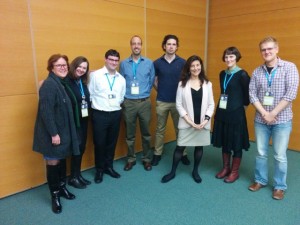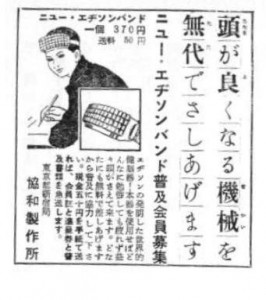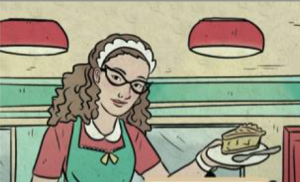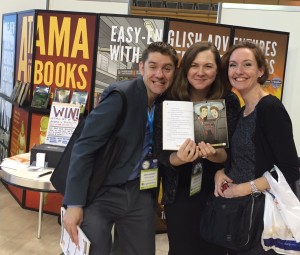The JALT National Conference was held in Shizuoka last weekend. It was my twelfth one in a row and it didn’t disappoint.
Andy Boon and I made a presentation on activities we’ve used in class with Atama-ii multi path books. We had an enthusiastic audience but unfortunately we were on the same time as Paul Nation (a.k.a. “The Mick Jagger of Vocabulary”) who had standing room only for his presentation. If you missed Andy and I in action, you can check out some of the activities we did from this blog http://www.atama-ii.com/multi-path-books-in-the-classroom/ and download the worksheet. Tornado Alley Endings Version 2
The next day, I decided to see what all the fuss was about. Paul Nation had another presentation on vocabulary learning and extensive reading. It was excellent but a bit complicated and technical, so I’ll try to simply summarize what he had to say
He asked, “Is it worth for a student learning English to struggle through a difficult novel?” The answer is “no”. There would be too many unknown words in the novel and even if the student looked up all those words in the dictionary, she would soon forget them, as they probably wouldn’t be repeated in the novel. (However, he said made up words that are nouns or proper nouns, such as ones in Harry Potter, would not be considered unknown words if they were repeated in the text enough.)
The words in a few works of literature were carefully analyzed. A student who knew 3,000 word families would encounter an unknown word every line or every other line. That sounds like a painful reading experience!
An 11 year old native speaking child knows at least 9,000 word families, mostly learned through listening. This knowledge helps them to read. He shared a story about a girl who had a terrible ear infection that caused her to go temporarily deaf for a few months when she was six and this had an impact on her ability to learn to read.
This formula can help determine the amount of word families a native speaker would know: Age – 2 x 1,000. Therefore, a six year old would know 4,000 word families. Once you get beyond 9,000 word families, the words are so low frequency that it doesn't make much of a difference.
Reading has been determined to be a good way to learn vocabulary. If a student knows 1,000 word families, they would only need to read about 7 minutes per day to get to the 2,000 word family level in a year, based on a 40 week/5 days a week schedule! To go from the 2,000 word level to a 3,000 word level in a year, it would take just 10 minutes a day. That’s not a burden at all!
(Thanks to my friend Daniel Beck, who helped me better understand some of the points in the presentation.)
The ER colloquium was also a highlight. Usually members of the ER SIG talk about extensive reading in the context of a university program, but I had the opportunity to make a short presentation on my program at BIG BOW English Lab. I think it was the first time some of the attendees had ever heard about teaching reading to young learners. The other presentations were really interesting. I kept hearing the phrase “reading habit” from almost every one and it seems that we all agree that extrinsic motivation (grades, stamp cards, etc.) is really key to help students develop a reading habit. Once habits are set, extrinsic motivation is not as necessary.
It was also great fun to once again make a pechakucha I did for the FAB8 conference in Kyoto called, "Neuro Quackery in Showa Japan: Edison Bands to Brain Bread". It’s all about the wacky products that were supposed to boost brainpower sold during Showa Era Japan. For example, the Edison Band. An Edison Band??? Like this???
No! It was a band you wore while you studied. The idea was it would improve airflow to the forehead to cool it down and help you study more effectively. What a bargain at only 370 yen!
When I wasn’t presenting or attending presentations, I worked at the Atama-ii booth. The series was started with a kickstarter and many of the backers are friends. We’ve paid them back by putting them as characters in our books. I was pleased to have my editor of 50 Ways to Teach Young Learners, Dorothy Zemach, as a waitress in a diner.
And my friends Joanne Sato and Andy Lawson as tornado hunters.
Monday was a pleasant surprise. Usually the last day of JALT, even if it is a national holiday, is a bit of a letdown. People make presentations, but no one really attends, and the halls are very quiet. However, this year all presentations were on just two floors, there were great presentations on the schedule, and so many attendees.
Next year, the conference will be in Nagoya. I can’t wait!










